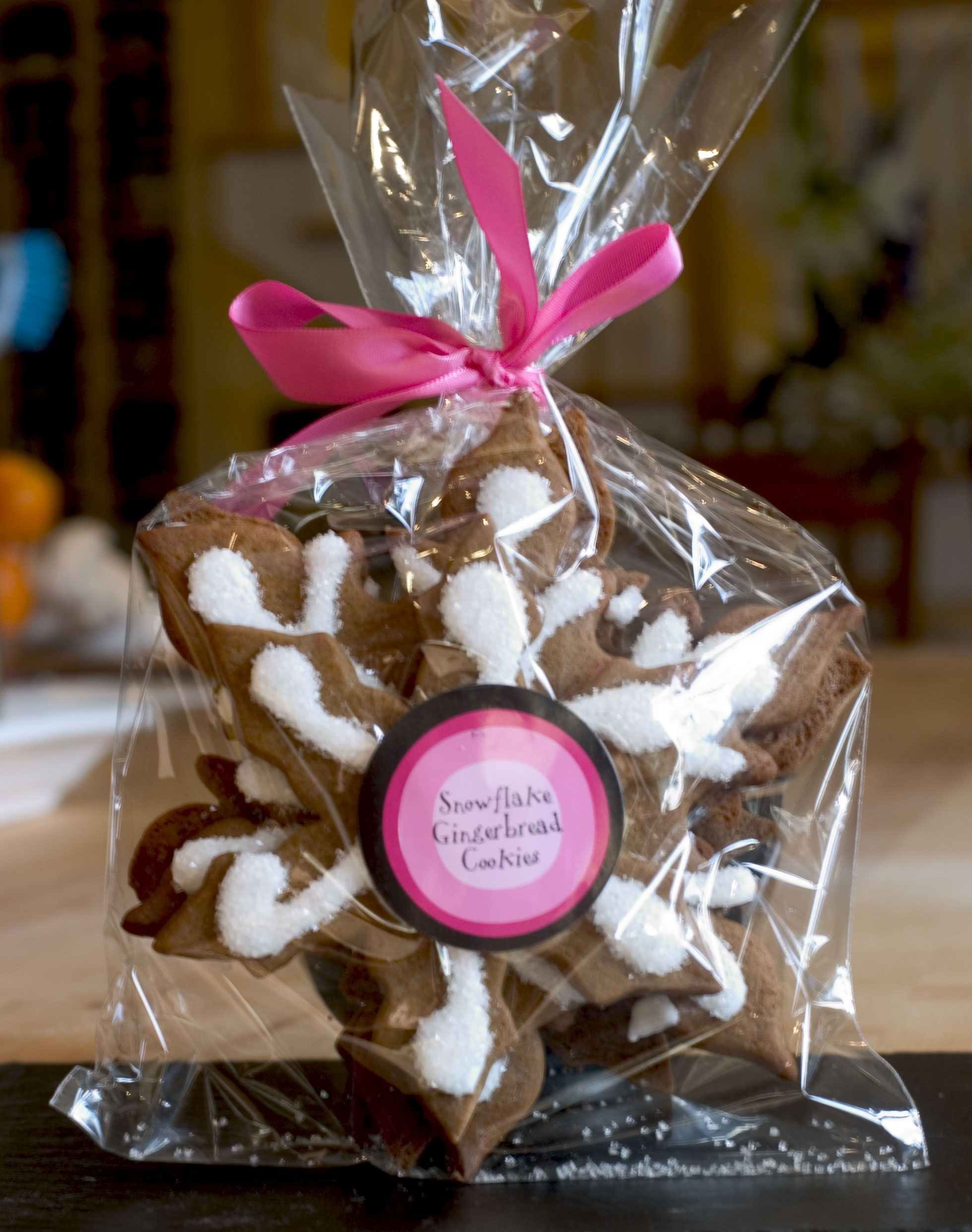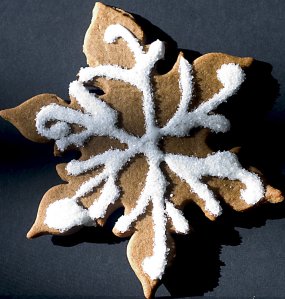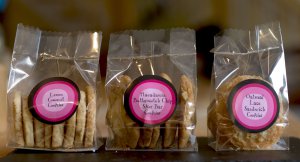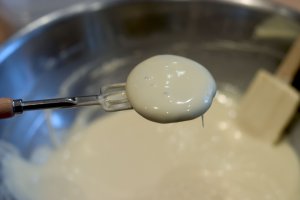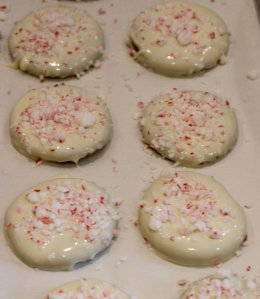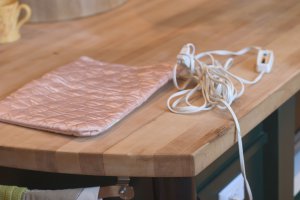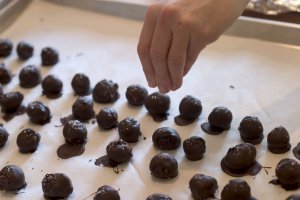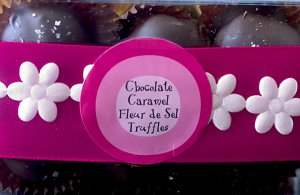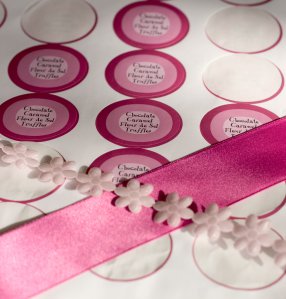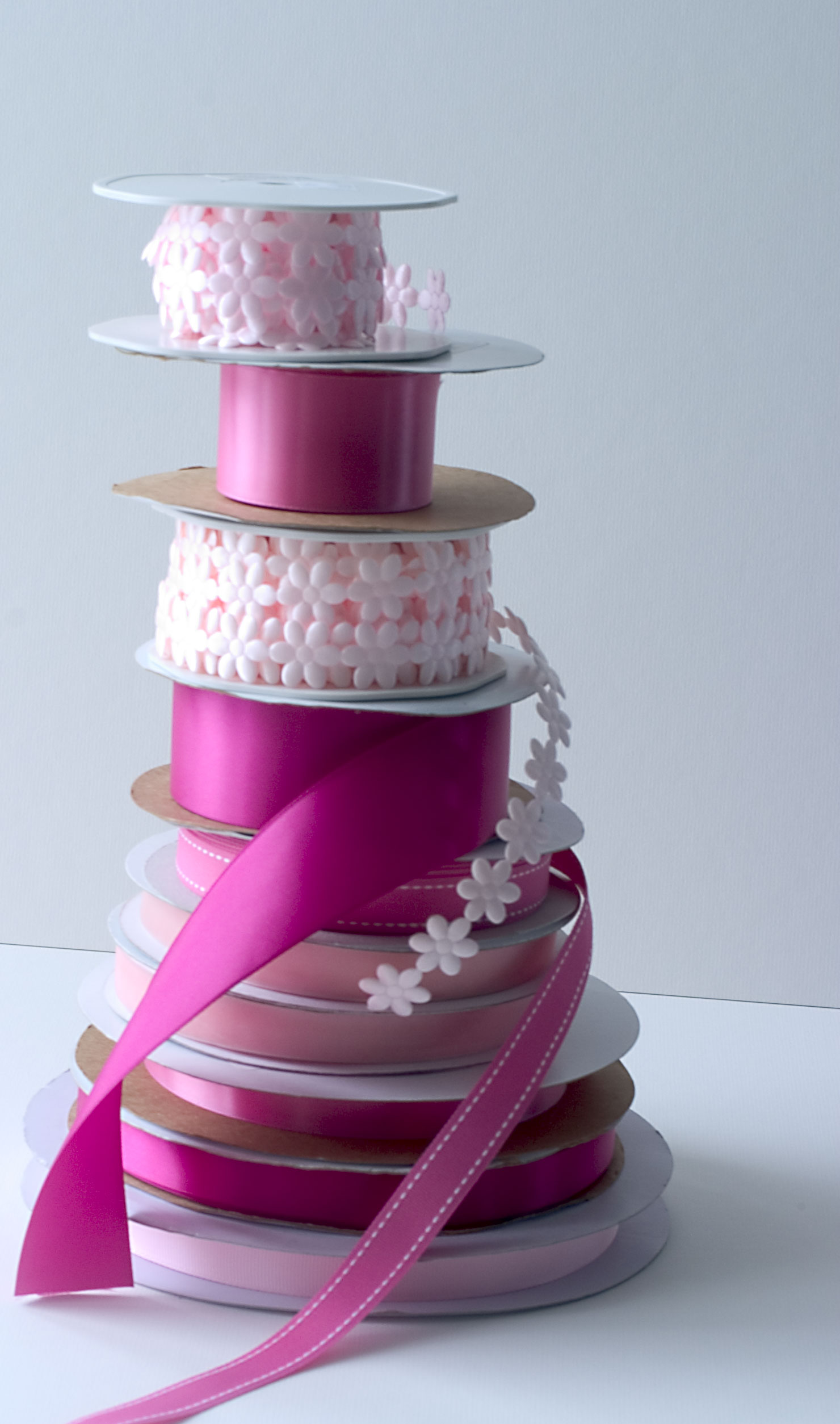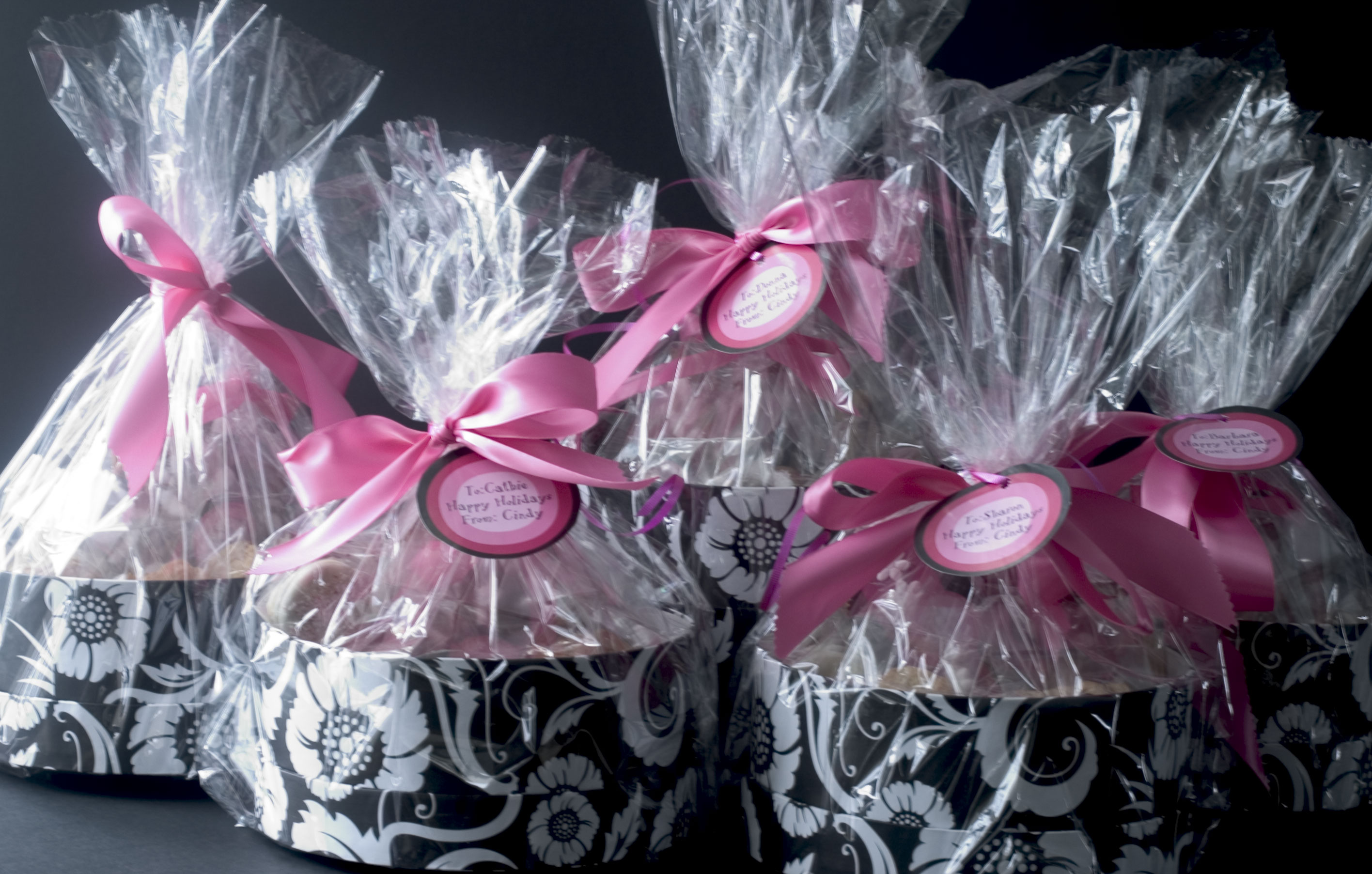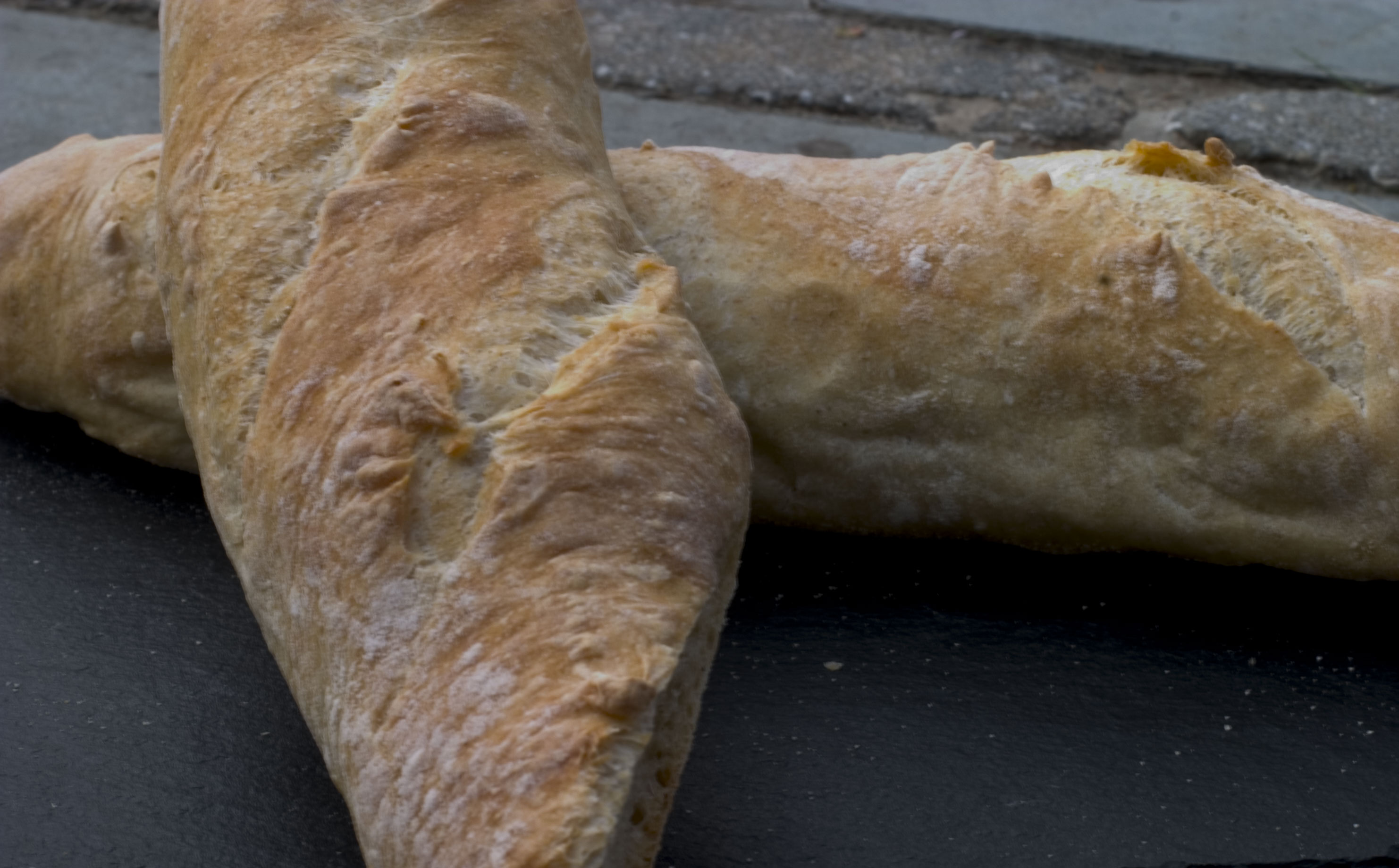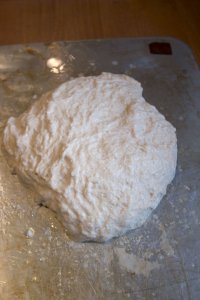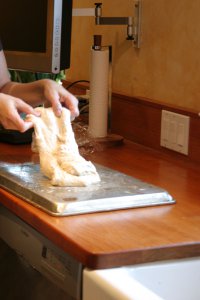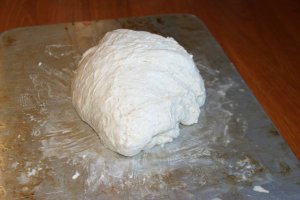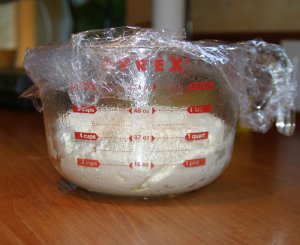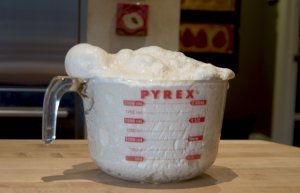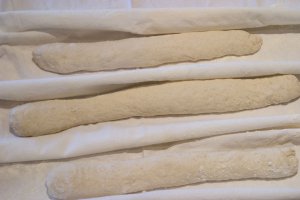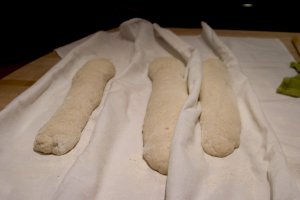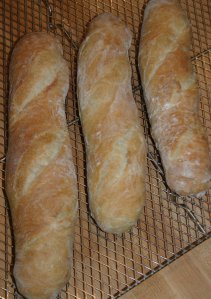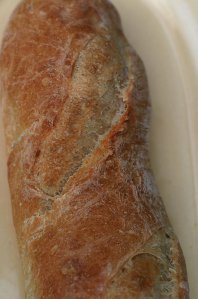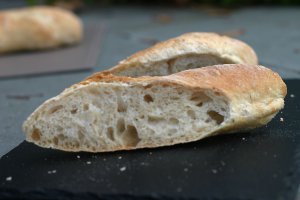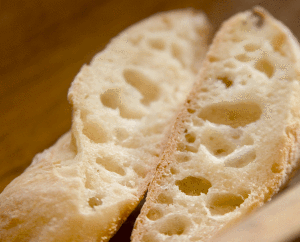It’s been 16 days since my last post and lest you think I’ve been slacking off, my fellow bread freaks, I have been quite busy with some other baking projects. As a way of saying thanks to all those who are important to me in my life, I bake sweets for them around the holidays. It started when I was in my 20’s when my girlfriend Marla and I would become Chocolatiers, turning my kitchen into an artisan chocolate shop, making about 6 different varieties of truffles (including Grand Marnier, Mint, Peanut Butter, Espresso, Milk Chocolate with Almond and Praline). At the end of about 4 days we’d have turned out over 2000 handmade truffles, hand dipped and decorated. We’d be covered in chocolate, weigh 5 pounds more than when we started and be thoroughly disgusted by the sight and smell of all that chocolate. We swore we would not do it again next year. But of course we did!
Then in 1993 I moved to Ottawa so I had to fly solo. Without Marla beside me I didn’t have the heart to do truffles so I turned to cookies. In those early years the main beneficiaries of those treats were my kid’s teachers and the staff at the pediatrician’s office. You’d be amazed how effective a big basket of cookies is in getting your sick child in to see the doctor before 10 other screaming, sneezing, coughing kids in the waiting room! Each year I’d add a few more people to my list and now I have about 45 people I send to each year.
This year I made:
Gingerbread Snowflake Cookies. I piped white royal icing and sprinkled them with clear coarse sugar. I made about 280 of these and by the time I was finished I had carpal tunnel syndrome in my piping hand. My children thought it was quite funny that I injured myself baking!
I also made Lemon Coconut Cookies, Macadamia Butterscotch Chip Skor Bar Cookies and Oatmeal Lace Cookies (sandwiched with chocolate ganache).
I made White Chocolate Dipped Peppermint Cookies. I loved making these. Here’s my chocolate dipping fork that I bought many years ago when I was heavily into truffle making. It holds the flat cookies perfectly.
The crushed candy canes are sprinkled on before the chocolate has set. I tempered the white chocolate. I found a great site with step-by-step tempering directions.
A heating pad, set on low, keeps the chocolate at the perfect temperature after tempering. Don’t forget to cover the heating pad in foil to avoid chocolate stains!
Here are the finished cookies.
I also made Double Chocolate Peanut Butter Bark. I have been making this for about 10 years now and am kind of sick of it but I can’t delete it from the roster as the receptionist at my doctor’s office, my yoga teacher and my hairdresser tell me that they wait for it all year. So it’s become a staple. It keeps well in the fridge for several weeks.
The last treat I made was Chocolate Caramel Truffles with Fleur de Sel.
While cookie baking is my passion, the real creative fun begins when I gather all my packaging material and design the labels. I use a great graphics program called Print Shop and print out all the labels on glossy labels from www.onlinelabels.com. Most of my ribbons and bags and boxes I get from www.pritchardpackaging.com, a wholesale outlet here in Ottawa where I live.
I decided on a pink, black and white theme this year.
Here are the gift boxes all packaged up and ready to go:
Next week I’m back to the Bread Baker’s Apprentice Challenge, I promise!

